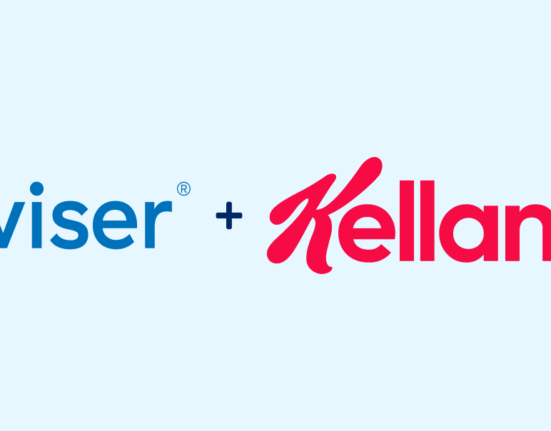Brick-and-mortar shoppers are more mission-oriented than ever before. They know what they want, and they’re going to get in and get out. Will they be checking out with your products in their carts?
The answer to that question is centered around retail execution.
What is Retail Execution?
Retail execution is the sum of your in-store efforts to increase sales and present your brand in a favorable light. A strong retail execution strategy includes on-shelf availability, planograms, displays and promotions, store associate training, merchandising, and more. The end goal being an uptick in sales because your products are where they need to be—on the shelf, displayed properly, and attractive to shoppers.
Retail execution is important because it directly affects your bottom line. Will in-store sales go up or go down? That depends on how well your strategy that you built back in the office is realized on the floor of the retailer.
Retail execution is the sum of your in-store efforts to increase sales and present your brand in a favorable light. A strong retail execution strategy includes on-shelf availability, planograms, displays and promotions, store associate training, merchandising, and more.
How to Prepare for Flawless Retail Execution
Ask yourself how much time do you or your reps spend identifying where you have gaps in retail execution? In our experience working with CPG brands, it might be as high as 70 percent to 90 percent of your time focused on figuring out what you need to do. That doesn’t leave much time to, you know, actually fix problems.
This is the first step toward flawless retail execution—you can’t fix what you can’t see. Your emphasis should be on enabling your field teams to act, not just gather data. That can be achieved by consistently measuring your presence on the ground. Gather store-level data wherever possible, pair that with sales data, and look for places where the numbers don’t line up (lagging sales is a great first clue that something is wrong).
Help can be found in the form of crowdsourced mystery shoppers, field team management tools, and the aforementioned sales data.
For example, during our conversation with Clorox’s Casey Berns, Wiser’s Tom Vieira explained that “having a shopper to be able to go in and understand how a product or a line of products is being represented, and hopefully advocated for, is a really powerful thing for brands to be able to get that insight in terms of their retail execution.”
What to Measure in Your Quest for Execution
A good retail audit to identify your execution gaps should look for a few specific things, whether you’re sending in mystery shoppers or your employees.
On-Shelf Availability
The first item on your checklist should be on-shelf availability. Did the product actually end up on the shelf? Or is it stuck in a backroom or not even in the store due to a problem with your supply chain? Naturally, consumers can’t buy it if it’s not in stock.
Product Location
On a related note, your retail audits should look for the location of the products. “On the shelf” can mean a few different things, especially if you expected your stock to be set up in a custom display, on an end cap, or by the registers. Even more specific, you might be on the shelf next to a competitor you didn’t expect or on the wrong shelf—either too high or too low
Store Associate Knowledge
Many brands, especially in the consumer electronics space, create training programs for store associates on how to speak about their products. This is a great area to focus a store audit on because these associates can make or break a sale. You want to check whether they’re speaking about your brand properly, recommending the right items, and recommending them at the right frequency.
Planogram Compliance
Your planograms are also well worth the effort to measure once set up inside stores. Your team spends a lot of time creating effective planograms, and it’s not a good sign if that strategy isn’t executed properly on the ground. Look for shelf placement, facings, number of items, shelf tags, and other elements during your audits.
Prices
Not to be overlooked, prices are another integral part of retail execution. Are your products priced as expected? Are your promotions in place? How are you priced compared to your competitors on the shelf? Make sure your brand is priced in a way that is consistent with your reputation and also in-line with consumer expectations.
Don’t Forget to Act
Measuring your ground truth is the first step toward retail execution. However, it’s not the only step. Next, you need to act on the data you’ve captured.
Package the information into actionable, prioritized lists for your field teams. Look for the stores with the most foot traffic and highest potential for sales, compared to your actual sales figures. These are great places to start for quick wins. Then, order the remaining locations by factors such as the number of problems, total sales, and strategic importance (like geography or new product launches).
Retail execution is all about consistency. Plan your strategy, implement the strategy, measure the implementation (the “execution” part), and optimize any gaps. Plan, test, and repeat. When done well, this can be an excellent way to increase sales, protect your brand, and grow your business.















